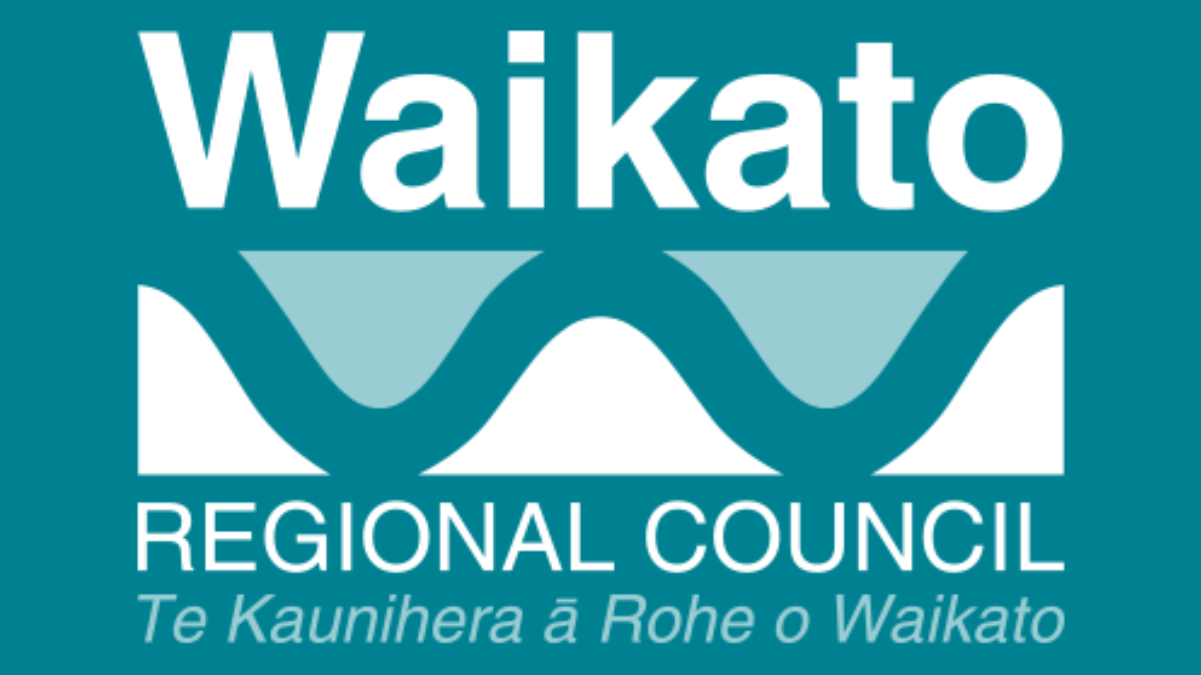Waikato Regional Council news
Eight principles have been endorsed by the Waikato Regional Transport Committee this week to ensure more consistent and safe speed limits on roads in Raglan and other parts of the Waikato.
Speed or driving too fast for the conditions continues to be a significant contributor in fatal and serious crashes in the Waikato region, accounting for 24 per cent of high severity crashes.
Each year approximately 100 people are killed or seriously injured in speed-related crashes in the Waikato.
Committee chair and Waikato regional councillor Mich’eal Downard said speed management continues to be a priority for the region due to the high speed-related death and serious injury rates.
“We have an unacceptable number of deaths on our roads each year, and the impacts of these are felt not just by the families and friends of those lost, but by the communities in which these crashes occur.
“The eight principles this committee has backed are a step towards more consistent and appropriate speeds throughout the road network to reduce deaths and serious injuries and contribute towards Vision Zero,” Cr Downard said.
The principles agreed are:
- We will work with our Te Tiriti partners and stakeholders to engage with our communities and influence positive behaviour change.
- We will use the Safe System approach, focusing on safe speeds, safe road use, and safe roads and roadsides.
- We will work together to prioritise safety improvements on roads that have the highest risk of death or serious injury.
- We will ensure speed limits are logical and easy to understand across the region.
- We will monitor and manage speed environments to ensure they are safe and appropriate for their function and all users of the roading network.
- We will implement speed management in a responsive manner, in accordance with legislative requirements and in line with best practice guidance.
- We will create safe speed environments where there are high numbers of people, pedestrians, and cyclists focusing on schools and marae.
- We will target investment to achieve the best access and safety outcomes with the funding available.
A report to the committee said the process to change speeds in the past has been slow and inconsistent, so the Ministry of Transport proposed a new regulatory framework to Cabinet in 2019. Taking effect in May 2022, the framework is designed to improve how road controlling authorities plan for, consult on, and implement speed management changes.
The Land Transport Rule: Setting of Speed Limits requires regional speed management plans that establish a 10-year vision and three-year action plan to implement safe and appropriate speed limits and associated speed management activities.
The committee heard that a Waikato Regional Council-led project team had undertaken a series of meetings with road controlling authority representatives in the region over the past 12 months. Feedback from these meetings had guided the development of the draft regional speed management principles and direction for the draft regional speed management plan.
The draft regional speed management plan is expected to be completed by the end of 2023.
In the meantime, the region’s city and district councils have work underway on their own speed management plans. A key component of these plans is focused on efforts to reduce speed limits around all schools and kura by 31 December 2027, with an interim target of 40 per cent of schools by 30 June 2024.
Safe speed environments around marae have also been a focus, and this response has also been integrated into the draft regional principles.
The Regional Transport Committee comprises councillors from the region’s city, district and regional councils, as well as representatives from Waka Kotahi NZ Transport Agency, KiwiRail and the disability, and access and mobility sectors.
Waka Kotahi NZ Transport Agency is the responsible road controlling authority (RCA) for state highways, with city and district councils the RCAs for local roads.

always taking the easy option of hammering speed limits instead of the difficult options of improving driver skills and making roads safer. NZTA use faulty data based on road speed recorders. They say most people want to go at 80km/h based on the pulses the equipment records, however for every 10 cars there’s likely 9 cars behind one car being held up and given the opportunity they would be driving at 95-100km/h. so then rather than 10 cars wanting to do 80km there would be one car doing 80km and 9 wanting to go faster. yet another issue caused by slow drivers.